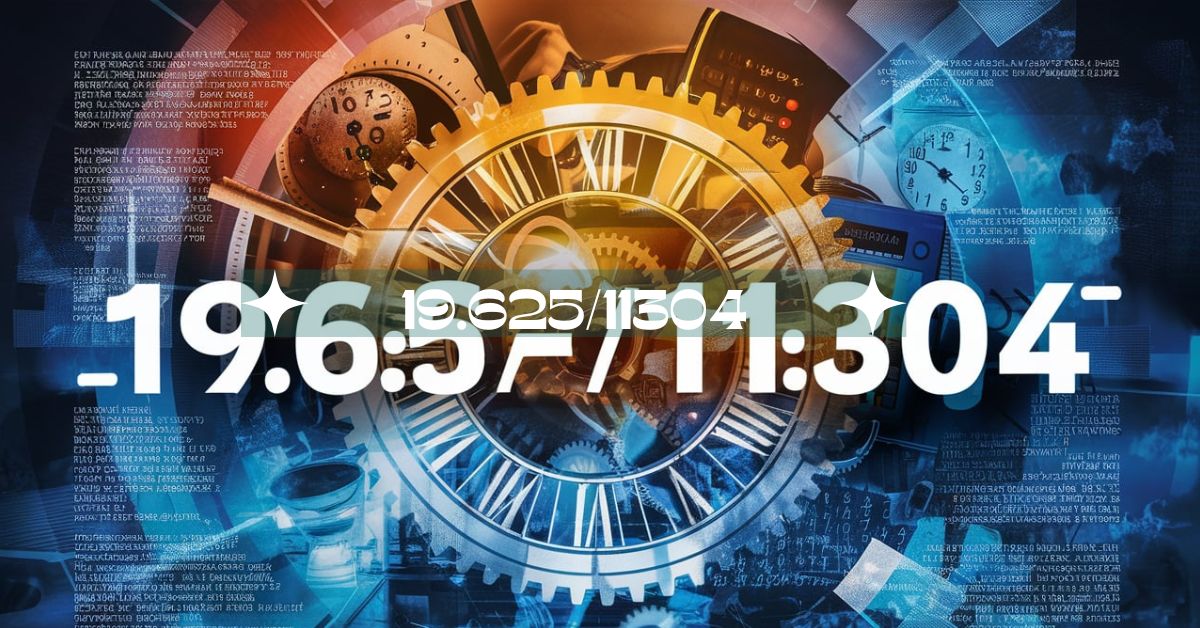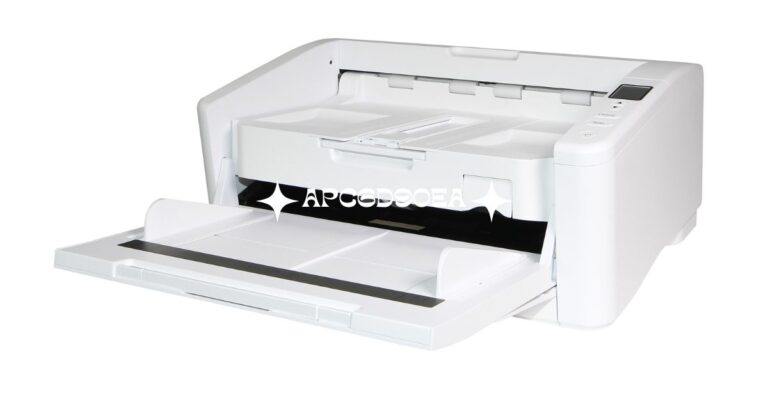Understanding 19.625/11304: A Comprehensive Guide
When dealing with numbers, especially those involving decimals and fractions, it can sometimes be challenging to understand the deeper implications and practical applications. One such case is the expression “19.625/11304.” This article will explore this term in detail, helping you to grasp not only what it represents but also its significance and how you can apply this knowledge in various contexts.
1. Decoding “19.625/11304”: Breaking Down the Numbers
1.1 What is 19.625?
The first step in understanding “19.625/11304” is to decode what 19.625 represents.
1.1.1 Decimal Number
19.625 is a decimal number, which means it is a number that includes both an integer part (19) and a fractional part (.625). The decimal point separates these two parts.
1.1.2 Converting 19.625 to a Fraction
To understand 19.625 better, let’s convert it into a fraction.
- The number 19 is an integer, so it remains 19/1.
- The decimal part, .625, can be converted into a fraction as well.
To convert .625 to a fraction:
- Write .625 as 625/1000.
- Simplify the fraction by dividing both the numerator and the denominator by their greatest common divisor (GCD). The GCD of 625 and 1000 is 125.
- Simplified fraction: ( \frac{625 \div 125}{1000 \div 125} = \frac{5}{8} ).
So, 19.625 as a fraction is ( 19\frac{5}{8} ), or more precisely, ( \frac{157}{8} ).
1.2 What is 11304?
11304 is a whole number, an integer, and does not have a fractional part.
1.3 Combining 19.625 and 11304
When we combine 19.625 and 11304 in the form of a fraction, “19.625/11304,” we are essentially dividing 19.625 by 11304. Before we dive into calculations, it’s important to convert 19.625 into a fraction form, as we did earlier.
So, “19.625/11304” can be rewritten as:
[ \frac{\frac{157}{8}}{11304} ]
This is a complex fraction, which we can simplify by multiplying 157/8 by the reciprocal of 11304, i.e., 1/11304.
[ \frac{157 \times 1}{8 \times 11304} = \frac{157}{90432} ]
Therefore, the expression “19.625/11304” simplifies to ( \frac{157}{90432} ).
2. Simplifying and Understanding the Fraction
2.1 Further Simplification
The fraction ( \frac{157}{90432} ) is already in its simplest form, as 157 is a prime number and does not share any common factors with 90432.
2.2 Decimal Equivalent
If you prefer to work with decimals, you can convert the fraction back to a decimal form by dividing 157 by 90432.
[ \frac{157}{90432} \approx 0.001735 ]
This means that “19.625/11304” approximately equals 0.001735 in decimal form.
2.3 Percentage Form
You might also be interested in expressing this result as a percentage. To do this, multiply the decimal by 100.
[ 0.001735 \times 100 \approx 0.1735\% ]
So, “19.625/11304” can also be expressed as approximately 0.1735%.
3. Real-World Applications of “19.625/11304”
3.1 In Mathematics and Science
Understanding and simplifying expressions like “19.625/11304” is essential in various fields, including mathematics, science, engineering, and economics. This ratio can represent probabilities, proportions, or even certain scientific measurements where precision is crucial.
3.2 Financial Context
In finance, similar fractions are often used in interest rate calculations, stock valuations, and other economic indicators. Knowing how to simplify and interpret these fractions can help in making informed decisions.
3.3 Everyday Life
Though it may seem abstract, ratios like “19.625/11304” can be found in everyday scenarios, such as cooking recipes (proportions of ingredients), construction measurements, or even analyzing data trends in various fields.
4. Working with Similar Fractions and Ratios
4.1 Simplifying Complex Fractions
The approach used to simplify “19.625/11304” can be applied to other complex fractions as well. Understanding how to break down decimals into fractions and simplify them is a key skill in both academic and real-life applications.
4.2 Practical Examples
Here are some practical examples where similar fractions might appear:
- Recipe Adjustments: Suppose a recipe calls for 19.625 cups of flour, but you only need a fraction of the recipe, such as one 11304th. The ratio 19.625/11304 helps adjust the quantity accordingly.
- Engineering Measurements: In engineering, precision measurements are crucial. If a component requires 19.625 units of a material but must be divided among 11304 units, this fraction ensures accuracy.
4.3 Calculators and Tools
For those who prefer a digital approach, many online calculators can handle these conversions and simplifications for you. However, understanding the underlying principles helps ensure that you can double-check your results and apply them correctly.
5. Frequently Asked Questions (FAQs)
5.1 What does “19.625/11304” represent?
“19.625/11304” is a mathematical expression that represents the division of 19.625 by 11304. It can be simplified to a fraction or a decimal for easier interpretation.
5.2 How do I convert 19.625 into a fraction?
To convert 19.625 into a fraction, first, convert the decimal part (.625) into a fraction (5/8), then add it to the integer part (19), resulting in ( 19\frac{5}{8} ) or ( \frac{157}{8} ).
5.3 Can “19.625/11304” be simplified further?
The fraction ( \frac{157}{90432} ) derived from “19.625/11304” is already in its simplest form. It cannot be simplified further without losing accuracy.
5.4 What is the decimal form of “19.625/11304”?
The decimal form of “19.625/11304” is approximately 0.001735.
5.5 How can I use “19.625/11304” in real life?
This expression can be used in scenarios where precise ratios or proportions are needed, such as in recipes, engineering calculations, financial analysis, and scientific measurements.
5.6 Is “19.625/11304” common in mathematics?
While this specific ratio might not be common, the method of simplifying and interpreting such expressions is widely used in various mathematical and scientific contexts.
5.7 Can I convert “19.625/11304” into a percentage?
Yes, by converting the decimal form (0.001735) into a percentage, “19.625/11304” equals approximately 0.1735%.
5.8 Why is it important to simplify fractions like “19.625/11304”?
Simplifying fractions helps in better understanding the relationship between numbers, making calculations easier, and ensuring accurate application in real-life scenarios.
5.9 What tools can I use to simplify “19.625/11304”?
You can use online calculators, mathematical software, or manual methods like prime factorization and division to simplify fractions like “19.625/11304.”
5.10 How does understanding “19.625/11304” benefit me?
Understanding how to simplify and interpret fractions like “19.625/11304” enhances your mathematical skills, helps in accurate problem-solving, and can be applied in various professional and everyday contexts.
Conclusion
The expression “19.625/11304” may initially seem complex, but with a step-by-step approach, it becomes a straightforward mathematical concept. Whether you’re dealing with similar fractions in a mathematical, financial, or everyday context, understanding how to simplify and interpret such expressions is invaluable. By mastering these skills, you equip yourself with the tools needed for accurate calculations and informed decision-making.
This guide has covered the basics of simplifying “19.625/11304,” converting it into various forms, and exploring its real-world applications. Whether you’re a student, professional, or simply someone interested in numbers, this knowledge is a valuable addition to your toolkit.
Now that you’ve gained a comprehensive understanding of “19.625/11304,” you can confidently apply this knowledge in your day-to-day life, making sense of numbers and ratios in a way that is both practical and precise.






